The Biggest, Brightest, and Most Deadly
There are a wide variety of snakes in Costa Rica with over 130 or more species found here. We have put a list together of the most common snake species to be found from the Fer De Lance or Terciopelo to the Boa Constrictor. We have classified them in two ways to keep it simple: venomous and also non-venomous.
Costa Rica Snake Safety
Before you go off into the deep rainforest, it is good to educate yourself a little bit on wildlife behavior. Firstly, know when to go. During the wet season, you are more likely to encounter snakes in Costa Rica. So before going at it alone, it is a much better idea to go hiking with a licensed guide. Snake sightings do tend to be rare and being bitten is even more so, but you can never be too safe.
Where to spot the snakes of Costa Rica
Visiting an animal reserve is the best way to quietly observe a snake while avoiding a possible nasty situation. There are several throughout the country. For example, at La Paz Waterfall Gardens, there is the Serpentaria. It contains all the snakes you see on this page and more. Also, you may want to go to the Jaguar Reserve on the Caribbean side in Cahuita. They have a small number of snakes but equally amazing with many more animals to see, including sloths.

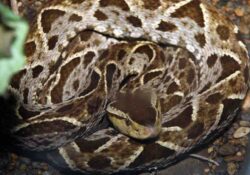

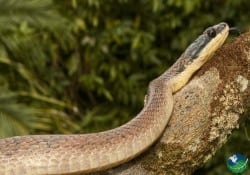



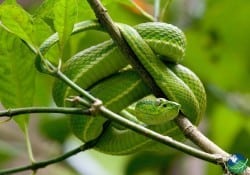

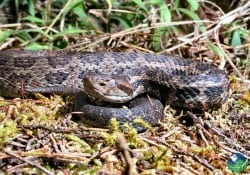
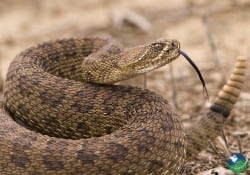
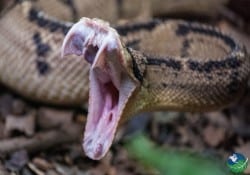
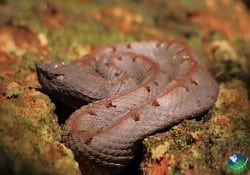
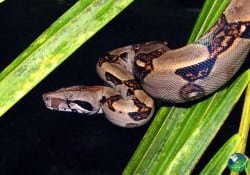

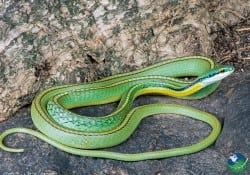
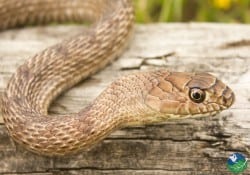

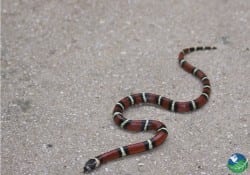
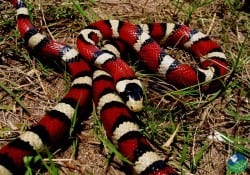









Follow Us